Sir John Warcup Cornforth Jr., (7 September 1917 – 8 December 2013) was an Australian–British chemist who won the Nobel Prize in Chemistry in 1975 for his work on the stereochemistry of enzyme-catalysed reactions, becoming the only Nobel laureate born in New South Wales.

At about 10 years old, Cornforth had noted signs of deafness, which led to a diagnosis of otosclerosis, a disease of the middle ear which causes progressive hearing loss. This would leave him completely deaf by the age of 20 but also fatefully influence his career direction towards chemistry.
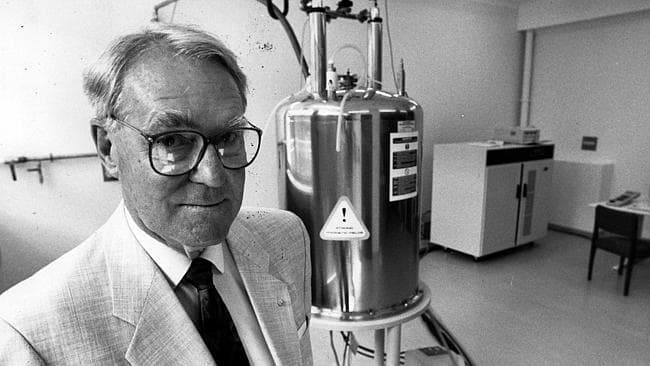
After his arrival at Oxford and during World War II, Cornforth significantly influenced the work on penicillin, particularly in purifying and concentrating it. Penicillin is usually very unstable in its crude form; as a consequence of this, researchers at the time were building upon Howard Florey's work on the drug.
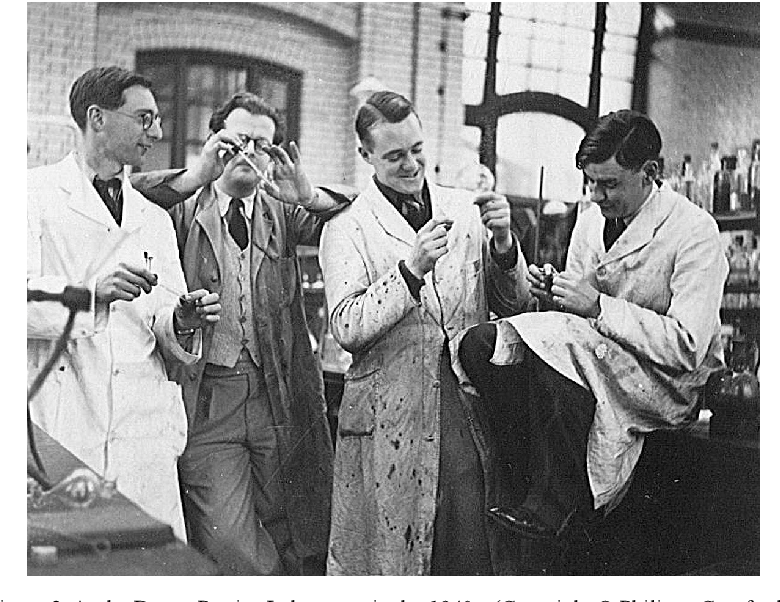
In 1940, Cornforth and other chemists measured the yield of penicillin in arbitrary units to understand the conditions that favoured penicillin production and activity, and he contributed to the writing of The Chemistry of Penicillin.
In 1946, the Cornforths, who had by now married, left Oxford and joined the Medical Research Council (MRC), working at the National Institute for Medical Research (NIMR), where they continued on earlier work in synthesising sterols, including cholesterol.
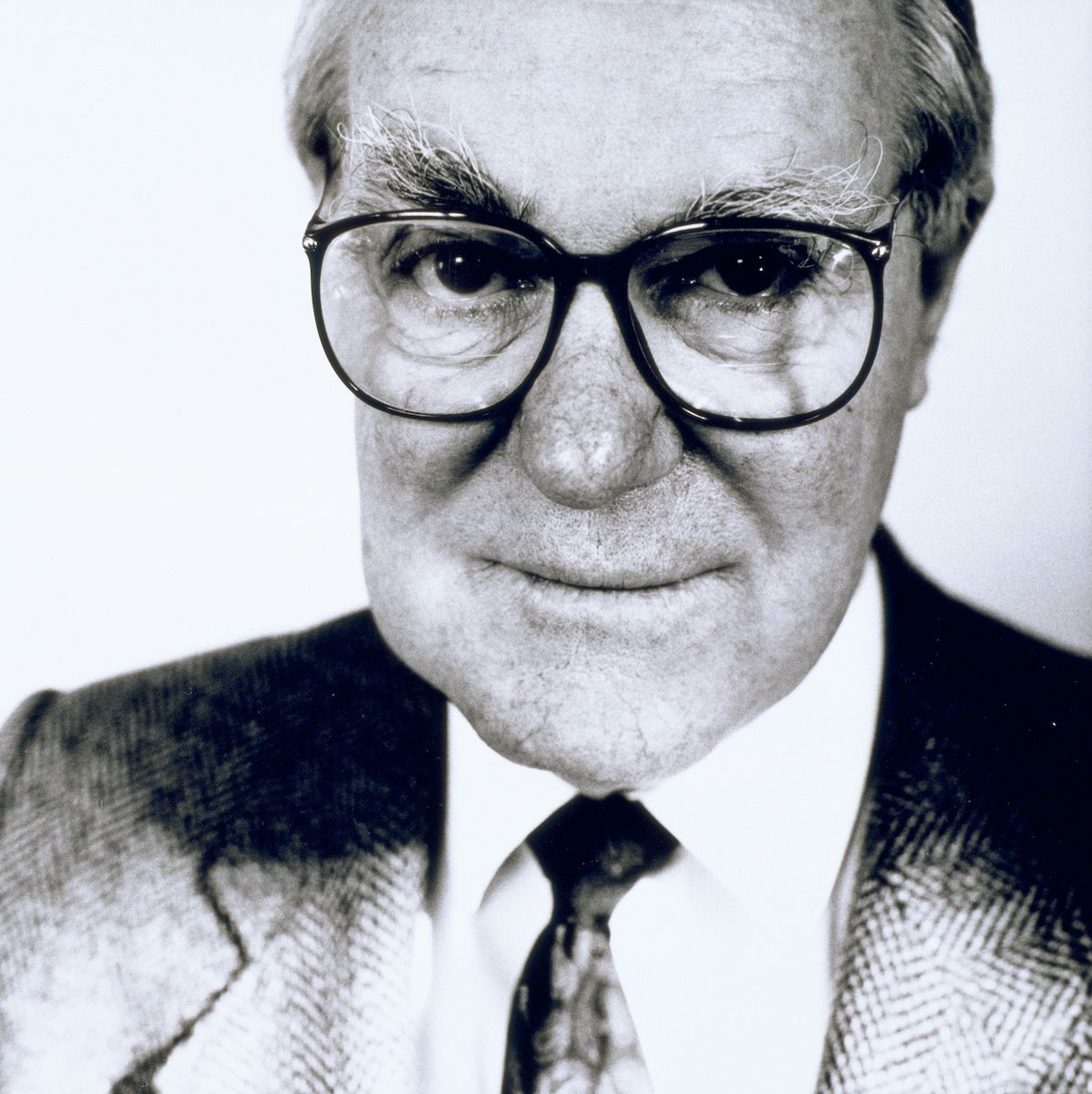
The Cornforths' collaboration with Robinson continued and flourished. In 1951, they completed, simultaneously with Robert Burns Woodward, the first total synthesis of the non-aromatic steroids.
At the NIMR, Cornforth collaborated with numerous biological scientists, including George Popják, with whom he shared an interest in cholesterol. Together, they received the Davy Medal in 1968 in recognition of their distinguished joint work on the elucidation of the biosynthetic pathway to polyisoprenoids and steroids.
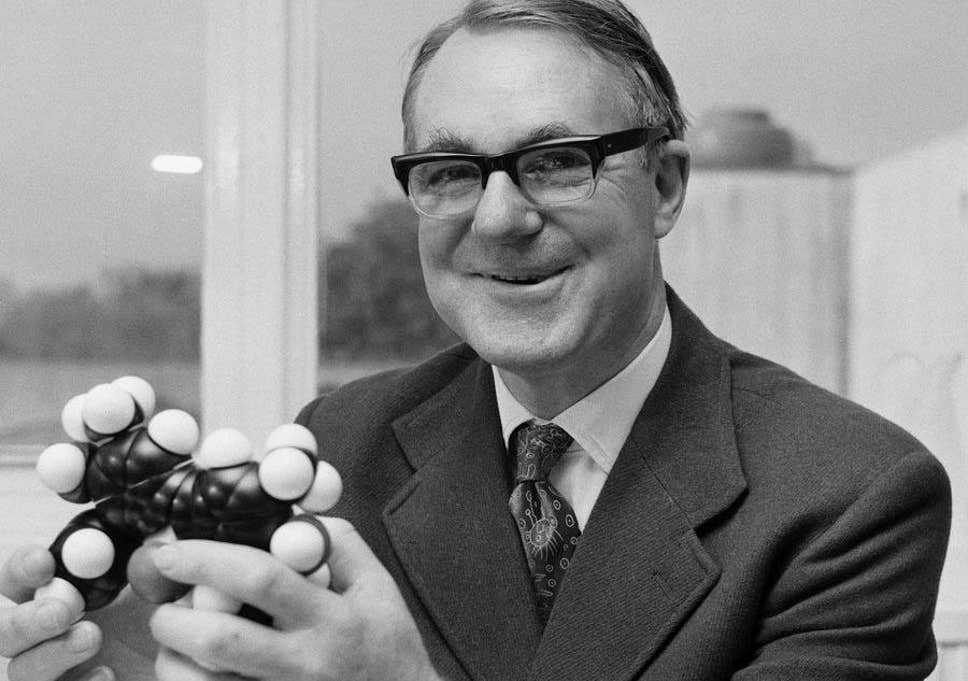
Cornforth investigated enzymes that catalyse changes in organic compounds, the substrates, by taking the place of hydrogen atoms in a substrate's chains and rings.
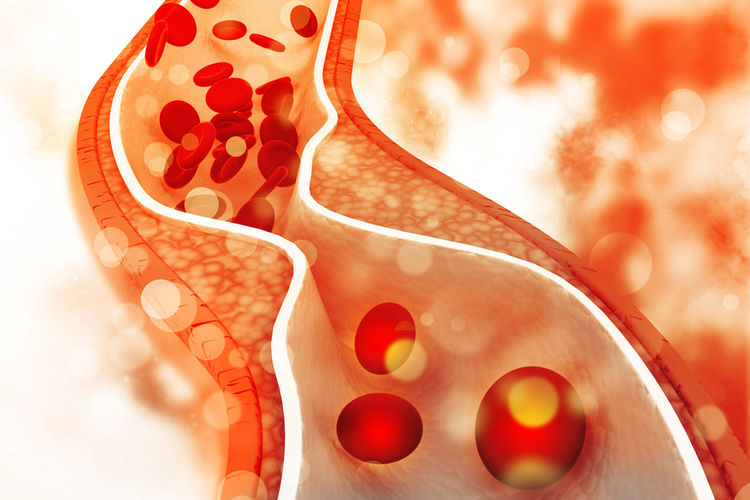
In his syntheses and descriptions of the structure of various terpenes, olefins, and steroids, Cornforth determined specifically which cluster of hydrogen atoms in a substrate were replaced by an enzyme to effect a given change in the substrate, allowing him to detail the biosynthesis of cholesterol.
For this work, he won a share of the Nobel Prize in Chemistry in 1975, alongside co-recipient Vladimir Prelog, and was knighted in 1977.
According to en.wikipedia











